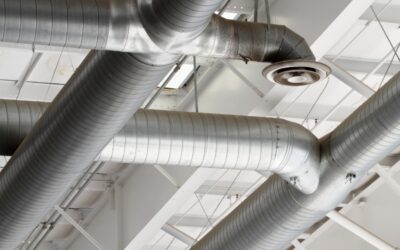Flooding can create major problems, whether it’s caused by natural disasters or plumbing catastrophes. If your Columbus, Georgia, home has flood damage, your HVAC unit may also be affected. Here’s a guide on how to handle a flood-damaged HVAC system to help you get everything back to normal as quickly as possible.
Turn Off Power
The first step toward handling an HVAC unit with flood damage is to cut power to the system. Outdoor units are able to handle wet conditions better, but they may not be able to withstand flood-level water. This could lead to short circuits and other potentially dangerous situations.
This is even more true for indoor units, which aren’t built to handle moisture at all. As soon as you notice any sort of water damage or if there’s still water around the unit, flip the breaker and cut off the power. If you have a backup generator, make sure it’s not connected to the unit too.
Move Debris
The next step is to move any debris surrounding the system. If the flooding is caused by a storm, chances are there is debris caught around your outdoor unit. This debris can trap water inside the unit or get itself caught inside and create problems when the power restarts. Clear the area around it, being careful not to push anything into the unit as you do it.
Call a Professional
After you’ve cut the power and moved debris, it’s time to call a professional. Flood damage can cause problems with your HVAC unit, both inside and out, and you may not be able to tell what’s damaged and what isn’t. A professional can assess the situation and let you know if it’s safe to turn the unit back on or not.
A flood-damaged HVAC unit can sometimes be salvaged, and taking these steps can help get your home back in order as soon as possible. If you’re concerned your HVAC unit has been damaged by a flood, give the experts at Indoor Solutions a call at 706-489-7470 and schedule your appointment today!
Image provided by Bigstock




